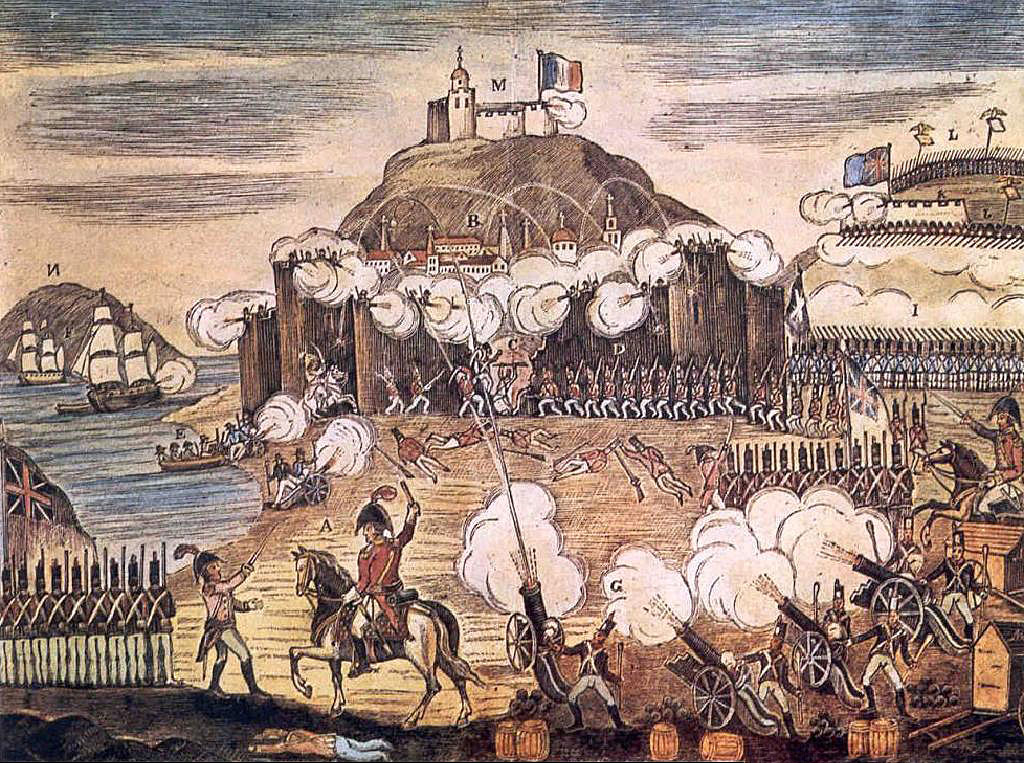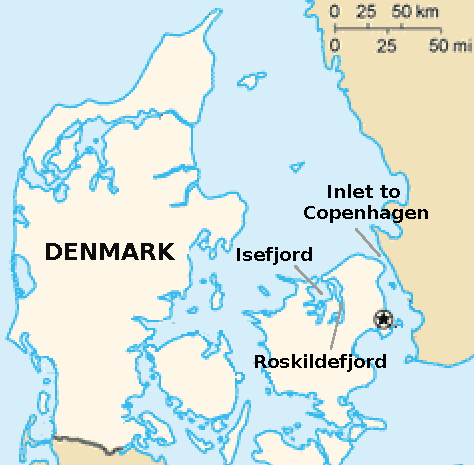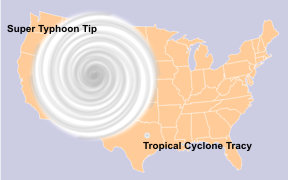|
HMS Arrow
Seven ships of the Royal Navy have been named HMS ''Arrow'', after the arrow, projectile: * , a 20-gun sloop launched in 1796 that the French Navy, French frigates and captured near Gibraltar on 4 February 1805; she sank the same day * , a 14-gun Cutter (ship), cutter launched at Deptford Dockyard on 7 September 1805, and converted to a Breakwater (structure), breakwater in May 1815. Broken up in May 1828. * , a 10-gun cutter launched at Portsmouth on 14 March 1823 and broken up in January 1852. * , a 477-ton wooden screw dispatch vessel launched at Leamouth on 26 June 1854 and sold on 19 May 1862. * , an Ant-class gunboat, ''Ant''-class iron gunboat launched at Greenwich on 22 April 1871 and sold on 1 March 1922. * , launched 1929, was an destroyer that served in World War II and was damaged beyond repair in Algiers harbour in 1944 when an ammunition ship exploded. The hulk was broken up in May 1949. * , launched 1974, was a Type 21 frigate that served in the Falklands War. Sh ... [...More Info...] [...Related Items...] OR: [Wikipedia] [Google] [Baidu] |
Royal Navy
The Royal Navy (RN) is the United Kingdom's naval warfare force. Although warships were used by English and Scottish kings from the early medieval period, the first major maritime engagements were fought in the Hundred Years' War against France. The modern Royal Navy traces its origins to the early 16th century; the oldest of the UK's armed services, it is consequently known as the Senior Service. From the middle decades of the 17th century, and through the 18th century, the Royal Navy vied with the Dutch Navy and later with the French Navy for maritime supremacy. From the mid 18th century, it was the world's most powerful navy until the Second World War. The Royal Navy played a key part in establishing and defending the British Empire, and four Imperial fortress colonies and a string of imperial bases and coaling stations secured the Royal Navy's ability to assert naval superiority globally. Owing to this historical prominence, it is common, even among non-Britons, to ref ... [...More Info...] [...Related Items...] OR: [Wikipedia] [Google] [Baidu] |
Type 21 Frigate
The Type 21 frigate, or ''Amazon''-class frigate, was a British Royal Navy general-purpose escort that was designed in the late 1960s, built in the 1970s and served throughout the 1980s into the 1990s. Development In the mid-1960s, the Royal Navy (RN) had a requirement for a replacement for the diesel-powered (Type 41) anti-aircraft frigates and (Type 61) air direction frigates. While the Royal Navy's warships were traditionally designed by the Ministry of Defence's Ship Department based at Bath, private shipyards (in particular Vosper Thorneycroft) campaigned for the right to design and build a ship to meet this requirement. Vospers claimed that, by ignoring what they claimed to be the conservative design practices followed by the MoD team at Bath, they could deliver the new frigate at a significantly lower price (£3.5 million compared with the £5 million price of the contemporary ), while being attractive to export customers.Gardiner and Chumbley 1995, p. 522.Preston 20 ... [...More Info...] [...Related Items...] OR: [Wikipedia] [Google] [Baidu] |
Malta Convoys
The Malta convoys were Allied supply convoys of the Second World War. The convoys took place during the Siege of Malta in the Mediterranean Theatre. Malta was a base from which British sea and air forces could attack ships carrying supplies from Europe to Italian Libya. Britain fought the Western Desert Campaign against Axis armies in North Africa to keep the Suez Canal and to control Middle Eastern oil. The strategic value of Malta was so great the British risked many merchant vessels and warships to supply the island and the Axis made determined efforts to neutralise the island as an offensive base. The civilian population and the garrison required imports of food, medical supplies, fuel and equipment; the military forces on the island needed reinforcements, ammunition and spare parts. British convoys were escorted to Malta by ships of the Mediterranean Fleet, Force H and aircraft of the Fleet Air Arm and Royal Air Force, during the Battle of the Mediterranean (1940–1 ... [...More Info...] [...Related Items...] OR: [Wikipedia] [Google] [Baidu] |
Battle Of The Atlantic
The Battle of the Atlantic, the longest continuous military campaign in World War II, ran from 1939 to the defeat of Nazi Germany in 1945, covering a major part of the naval history of World War II. At its core was the Allied naval blockade of Germany, announced the day after the declaration of war, and Germany's subsequent counter-blockade. The campaign peaked from mid-1940 through to the end of 1943. The Battle of the Atlantic pitted U-boats and other warships of the German '' Kriegsmarine'' (Navy) and aircraft of the ''Luftwaffe'' (Air Force) against the Royal Navy, Royal Canadian Navy, United States Navy, and Allied merchant shipping. Convoys, coming mainly from North America and predominantly going to the United Kingdom and the Soviet Union, were protected for the most part by the British and Canadian navies and air forces. These forces were aided by ships and aircraft of the United States beginning September 13, 1941. Carney, Robert B., Admiral, USN. "Comment and Discu ... [...More Info...] [...Related Items...] OR: [Wikipedia] [Google] [Baidu] |
Crimean War
The Crimean War, , was fought from October 1853 to February 1856 between Russia and an ultimately victorious alliance of the Ottoman Empire, France, the United Kingdom and Piedmont-Sardinia. Geopolitical causes of the war included the decline of the Ottoman Empire, the expansion of the Russian Empire in the preceding Russo-Turkish Wars, and the British and French preference to preserve the Ottoman Empire to maintain the balance of power in the Concert of Europe. The flashpoint was a disagreement over the rights of Christian minorities in Palestine, then part of the Ottoman Empire, with the French promoting the rights of Roman Catholics, and Russia promoting those of the Eastern Orthodox Church. The churches worked out their differences with the Ottomans and came to an agreement, but both the French Emperor Napoleon III and the Russian Tsar Nicholas I refused to back down. Nicholas issued an ultimatum that demanded the Orthodox subjects of the Ottoman Empire be placed ... [...More Info...] [...Related Items...] OR: [Wikipedia] [Google] [Baidu] |
Siege Of San Sebastián
In the siege of San Sebastián (7 July – 8 September 1813), part of the Peninsular War, Allied forces under the command of Arthur Wellesley, Marquess of Wellington failed to capture the city in a siege. However in a second siege the Allied forces under Thomas Graham captured the city of San Sebastián in northern Basque Country from its French garrison under Louis Emmanuel Rey. During the final assault, the British and Portuguese troops rampaged through the town and razed it to the ground. Situation After winning the decisive Battle of Vitoria on 21 June 1813, Wellington's army advanced into the western Pyrenees to take the mountain passes and to face Marshal Soult's who had retreated back to France to try to reorganise his army. To clear his rear area, and to evict the last French forces from Spain, Wellington needed to take Pamplona and San Sebastián. Lacking resources to attack both simultaneously, Pamplona was blockaded and San Sebastián was put under siege. The b ... [...More Info...] [...Related Items...] OR: [Wikipedia] [Google] [Baidu] |
Battle Of Copenhagen (1801)
The Battle of Copenhagen of 1801 (Danish: ''Slaget på Reden''), also known as the First Battle of Copenhagen to distinguish it from the Second Battle of Copenhagen in 1807, was a naval battle in which a British fleet fought and defeated a smaller force of the Dano-Norwegian Navy anchored near Copenhagen on 2 April 1801. The battle came about over British fears that the powerful Danish fleet would ally with France, and a breakdown in diplomatic communications on both sides. As the British ships entered the harbour of the Danish fleet, several of its ships stationed in the city's inlet forming a blockade. The Danish fleet defended the capital with these ships and bastions on both sides of the harbour inlet. It was the second attempt by the British to try to prevent a Franco-Danish alliance, as the British had already entered Øresund with a fleet in August 1800, in order to persuade Denmark not to ally with France. The Danes agreed to the British terms upon hearing news of the ... [...More Info...] [...Related Items...] OR: [Wikipedia] [Google] [Baidu] |
Battle Honour
A battle honour is an award of a right by a government or sovereign to a military unit to emblazon the name of a battle or operation on its flags ("colours"), uniforms or other accessories where ornamentation is possible. In European military tradition, military units may be acknowledged for their achievements in specific wars or operations of a military campaign. In Great Britain and those countries of the Commonwealth which share a common military legacy with the British, battle honours are awarded to selected military units as official acknowledgement for their achievements in specific wars or operations of a military campaign. These honours usually take the form of a place and a date (e.g. "Cambrai 1917"). Theatre honours, a type of recognition in the British tradition closely allied to battle honours, were introduced to honour units which provided sterling service in a campaign but were not part of specific battles for which separate battle honours were awarded. Theatre h ... [...More Info...] [...Related Items...] OR: [Wikipedia] [Google] [Baidu] |
Cyclone Tracy
Cyclone Tracy was a tropical cyclone that devastated the city of Darwin, Northern Territory, Australia, from 24 to 26 December 1974. The small, developing easterly storm had been observed passing clear of the city initially, but then turned towards it early on 24 December. After 10:00 p.m. ACST, damage became severe, and wind gusts reached before instruments failed. The anemometer in Darwin Airport control tower had its needle bent in half by the strength of the gusts. Residents of Darwin were celebrating Christmas, and did not immediately acknowledge the emergency, partly because they had been alerted to an earlier cyclone ( Selma) that passed west of the city, and did not affect it in any way. Additionally, news outlets had only a skeleton crew on duty over the holiday. Tracy killed 71 people, caused A$837 million in damage (1974 dollars), or approximately A$7.2 billion (2022 dollars), or US$5.2 billion (2022 dollars). It destroyed more than 70 percent of D ... [...More Info...] [...Related Items...] OR: [Wikipedia] [Google] [Baidu] |
Darwin, Australia
Darwin ( ; Larrakia: ) is the capital city of the Northern Territory, Australia. With an estimated population of 147,255 as of 2019, the city contains the majority of the residents of the sparsely populated Northern Territory. It is the smallest, wettest, and most northerly of the Australian capital cities and serves as the Top End's regional centre. Darwin's proximity to Southeast Asia makes the city's location a key link between Australia and countries such as Indonesia and East Timor. The Stuart Highway begins in Darwin, extends southerly across central Australia through Tennant Creek and Alice Springs, concluding in Port Augusta, South Australia. The city is built upon a low bluff overlooking Darwin Harbour. Darwin's suburbs begin at Lee Point in the north and stretch to Berrimah in the east. The Stuart Highway extends to Darwin's eastern satellite city of Palmerston and its suburbs. The Darwin region, like much of the Top End, experiences a tropical climate with a wet an ... [...More Info...] [...Related Items...] OR: [Wikipedia] [Google] [Baidu] |
_during_Exercise_RIMPAC_86.jpg)





.jpg)